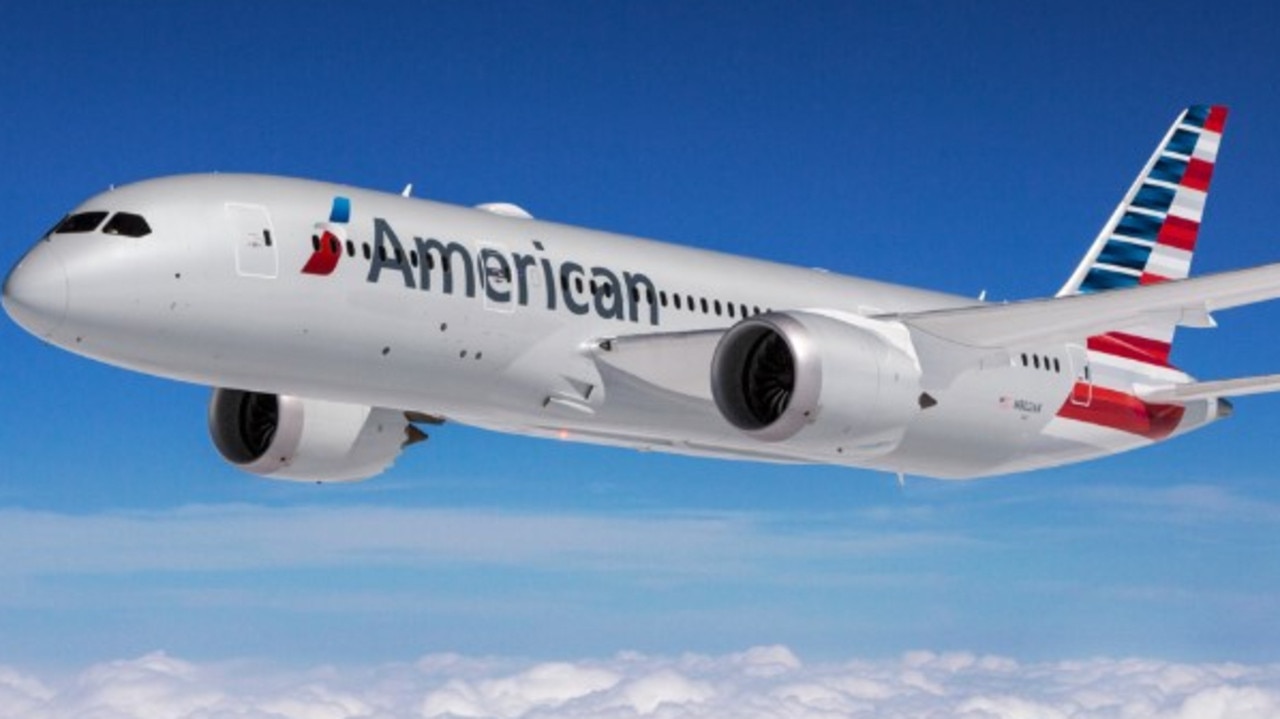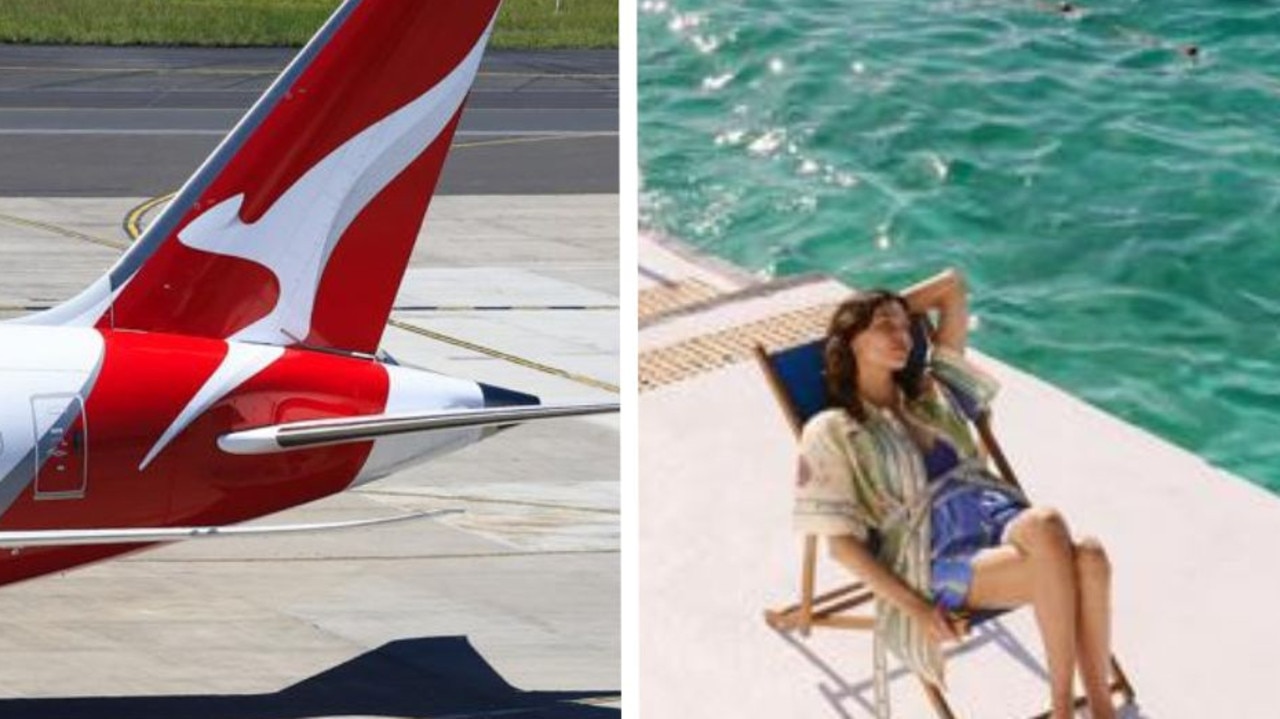It is so hot in Phoenix that planes can’t fly
IT IS so hot in Phoenix, Arizona that more than 40 flights have been grounded. But why can’t planes fly when the mercury soars?

THERE is a reason why Phoenix, Arizona is nicknamed the Valley of the Sun. But the capital of Arizona, located in the northeastern reaches of the Sonoran Desert, is currently so hot that planes can’t fly.
The Southwest is experiencing its worst heatwave in decades, with the mercury expected to soar to a high of 49C this week. Phoenix has only hit that sort of temperature three times in recorded history — the last time 22 years ago.
The city reached 48C on Monday, which the National Weather Service says is rare. In fact, temperatures at that mark or higher have only been reached 15 times since record-keeping started in 1896.
The oppressive heatwave has so far grounded more than 40 flights or has forced some airlines to limit sales on some flights to reduce their weight.

WHY PLANES CAN’T FLY IN HIGH HEAT
When it comes to getting aeroplanes off the ground in hot weather, it’s not the heat or the humidity. It’s the air density. Hotter air gets thin, making it harder to take off and land safely, mostly for smaller jets.
Airplanes take off and stay aloft because of lift, the force from the movement of air underneath the plane’s wings that push it upward. But when it’s too hot, there is not enough air to lift the plane.
“As air warms up, it expands and there’s fewer molecules to be under your wing,” said Lou McNally, professor of applied meteorology at Embry-Riddle Aeronautical University.
With less lift, “you need more of everything. You need more thrust to take off. You need more distance (on the runway) to take off. You need more distance to land. You need more speed to land. It gets to a point for some aircraft that it gets just too much,” he said.
High heat also means a plane climbs at a lower rate, said pilot Patrick Smith, author of the book Cockpit Confidential.
To compensate, planes have to generate more thrust or power and have larger wings. Smaller jets that generate less thrust, like some of the regional jets grounded at Phoenix which have a 48C limit are more likely to be stuck in the heat.
At Dubai International Airport and other Gulf airports, which are used to hot weather, many flights — but not all — arrive at night and early morning to get around the heat problem.
Gulf carriers also tend to operate longer flights using larger planes that aren’t as limited by high heat.

In Phoenix, temperatures around 48C are infrequent enough that airlines continue to use regional jets for shorter trips.
If a plane does try to take off beyond its temperature threshold, it may keep racing down the runway and not get up in time and have to abort. And if it tries to land when the air is too thin and hot, that’s not good either because it can run out of runway, McNally said.
Before they fly, pilots consult a sheet that tells them about the temperature, elevation and even humidity — factors that go into something called density altitude, a key measurement of flight conditions.
Airlines can take other steps when the temperature climbs too high. They can lighten the plane’s load by selling fewer seats — a tactic American Airlines is using in the Phoenix heatwave — or reducing cargo. They can take off with less than a full tank of fuel and then stop somewhere cooler to refuel.
The density altitude is the main issue, but there also could be simple heat issues on internal components like seals that might become too soft or even melt at higher temperature, MIT aeronautics and astronautics professor R. John Hansman said.
Pilot Smith said electronics overheat, brake temperatures run high and internal machinery gets overly hot and then toss in ground temperatures racing past 43 degrees Celsius “and things begin to break down.”



